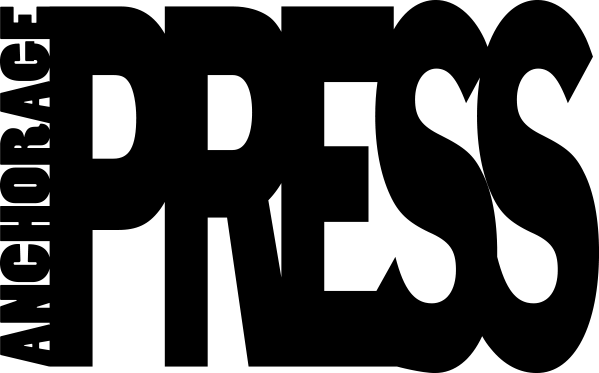Add Fish to Your Diet to Improve Your Health
Fish has an abundance of fatty acids or omega-3 vitamins known as (EPA and DHA, vitamin B2, vitamin D, calcium, phosphorus, potassium, magnesium, zinc, and iodine.)
Recommendations from the American Heart Association say that you need to eat fish at least twice per week.
The Benefits of Eating Raw Fish
Eating fish at least two times per week helps to lower your blood pressure if you suffer from high blood pressure. Fish will help keep your blood pressure in an acceptable range. If you have a family history of cardiac disease and even if you do not, fish contributes to reducing your risk for issues such as stroke or heart attack. Eating sufficient amounts of fish every week contribute to healthy brain function.
When you buy seafood, make sure the label says "Wild Caught," as these fish will be lower in contaminants.
Omega-3 Fatty Acids
This nutrient is one that your body does not produce naturally, so you must include this nutrient in the foods you eat. Since all fish types contain Omega-3 nutrients, you must eat a sufficient amount at least two times per week. Some fish contain more of the omega-3 nutrients than other fish types. These fish that are higher in omega-3 nutrients include mackerel, oysters, tuna, trout, sardines, salmon, and herring.
Eating fish provides you with many benefits, but the biggest benefit is the omega-3 nutrients. These advantages alone include, lowers blood pressure, reduces risk of heart attack, heart arrhythmias, sudden death, strokes, increases healthy brain function, and reduces the risk of osteoarthritis.
Visitors and residents in the State of Alaska looking for a quality restaurant who knows the importance of fish in the diet, especially raw fish, search no further. Oec Sushi is waiting to take your reservation by calling 907-277-7655 or just stop by for a visit, sit down, and enjoy one of the absolute best and healthy fish meals Alaska has to offer.
The OEC Revolving Sushi Bar brings this Japanese dining experience to Alaska for the first time. Enjoy a variety of freshly prepared sushi from the revolving bar, or order from the full menu. Now serving lunch and dinner in the REI mall on Northern Lights.
More about OEC Sushi.This content has been submitted by authors outside of this publisher and is not its editorial product. It could contain opinions, facts, and points of view that have not been reviewed or accepted by the publisher.
